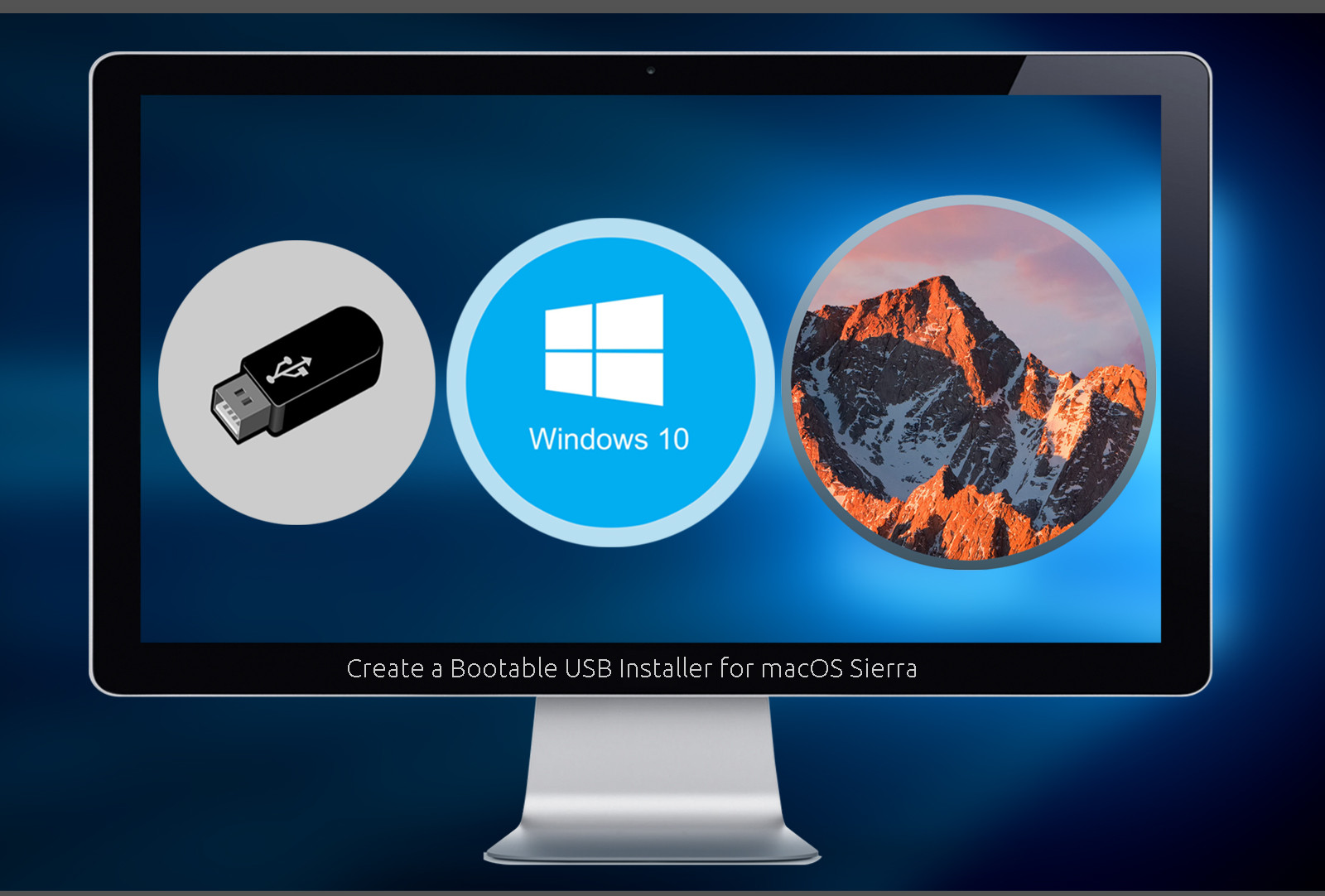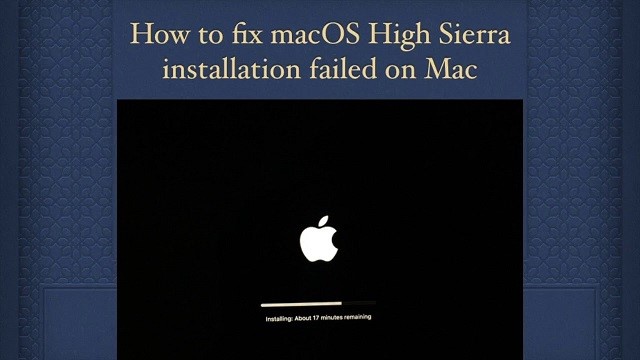These advanced steps are primarily for system administrators and others who are familiar with the command line. You don't need a bootable installer to upgrade macOS or reinstall macOS, but it can be useful when you want to install on multiple computers without downloading the installer each time.

Download macOS
Find the appropriate download link in the upgrade instructions for each macOS version:
macOS Catalina, macOS Mojave, ormacOS High Sierra
Installers for each of these macOS versions download directly to your Applications folder as an app named Install macOS Catalina, Install macOS Mojave, or Install macOS High Sierra. If the installer opens after downloading, quit it without continuing installation. Important: To get the correct installer, download from a Mac that is using macOS Sierra 10.12.5 or later, or El Capitan 10.11.6. Enterprise administrators, please download from Apple, not a locally hosted software-update server.
If for some reason that article or link are gone, you may need to have an Apple ID that previously downloaded 10.12 Sierra - then it will be in purchased and a quick download. If you feel it’s missing, check with Apple Store support and your “purchase” receipt emails / purchase history. “I can’t download an old version of Mac OS X” If you have a newer Mac, there is no physical option to install Mac OS versions older than your current Mac model. For instance, if your MacBook was released in 2014, don’t expect it to run any OS released prior of that time, because older Apple OS versions simply do not include hardware.
OS X El Capitan
El Capitan downloads as a disk image. On a Mac that is compatible with El Capitan, open the disk image and run the installer within, named InstallMacOSX.pkg. It installs an app named Install OS X El Capitan into your Applications folder. You will create the bootable installer from this app, not from the disk image or .pkg installer.
Use the 'createinstallmedia' command in Terminal
- Connect the USB flash drive or other volume that you're using for the bootable installer. Make sure that it has at least 12GB of available storage and is formatted as Mac OS Extended.
- Open Terminal, which is in the Utilities folder of your Applications folder.
- Type or paste one of the following commands in Terminal. These assume that the installer is still in your Applications folder, and MyVolume is the name of the USB flash drive or other volume you're using. If it has a different name, replace
MyVolumein these commands with the name of your volume.
Catalina:*
Mojave:*
High Sierra:*
El Capitan: - Press Return after typing the command.
- When prompted, type your administrator password and press Return again. Terminal doesn't show any characters as you type your password.
- When prompted, type
Yto confirm that you want to erase the volume, then press Return. Terminal shows the progress as the bootable installer is created. - When Terminal says that it's done, the volume will have the same name as the installer you downloaded, such as Install macOS Catalina. You can now quit Terminal and eject the volume.

* If your Mac is using macOS Sierra or earlier, include the --applicationpath argument, similar to the way this argument is used in the command for El Capitan.

Downloading Mac OS X Snow Leopard If you’re a registered Apple developer then you may be able to download Mac OS X Snow Leopard and Mac OS X Leopard directly from Apple ADC using the following links: Download Mac OS X Snow Leopard (DMG file, via Apple ADC downloads) Download Mac OS Leopard (DMG file, ADC download link). Downloading Mac OS X Snow Leopard If you’re a registered Apple developer then you may be able to download Mac OS X Snow Leopard and Mac OS X Leopard directly from Apple ADC using the following links: Download Mac OS X Snow Leopard (DMG file, via Apple ADC downloads) Download Mac OS Leopard (DMG file, ADC download link). Download the macOS Sierra installer Launch the App Store app, then look for macOS Sierra in the store. (Here’s a link.) Click on the Download button, and your Mac will download the installer to.
Use the bootable installer
After creating the bootable installer, follow these steps to use it:
- Plug the bootable installer into a compatible Mac.
- Use Startup Manager or Startup Disk preferences to select the bootable installer as the startup disk, then start up from it. Your Mac will start up to macOS Recovery.
Learn about selecting a startup disk, including what to do if your Mac doesn't start up from it. - Choose your language, if prompted.
- A bootable installer doesn't download macOS from the Internet, but it does require the Internet to get information specific to your Mac model, such as firmware updates. If you need to connect to a Wi-Fi network, use the Wi-Fi menu in the menu bar.
- Select Install macOS (or Install OS X) from the Utilities window, then click Continue and follow the onscreen instructions.
Learn more

For more information about the createinstallmedia command and the arguments that you can use with it, make sure that the macOS installer is in your Applications folder, then enter this path in Terminal:
Catalina:
Mojave:
High Sierra:
El Capitan:
Anything from Apple's download servers is an update, and not a full installer for that version of the operating system. The only full upgrade installers are in the Mac App Store, and here is the link to How to upgrade to macOS High Sierra.
Before you leap from Yosemite, check the specific printer/scanner vendor driver sites to verify if either have High Sierra driver support. Also check with your third-party applications vendor sites that their applications remain compatible with High Sierra, and preferably, are 64-bit applications. Although the vendor sites are the last word on application support, you may find RoaringApps helpful too.
High Sierra Os
I would also recommend the following:
- Download and run the free Malwarebytes for Mac before any upgrade to see if any malware presently exists on your Mac, and if found, can be removed. Subscription for continued realtime features is purely optional.
- Boot into Yosemite Recovery (⌘-R) and run Disk Utility First Aid on your startup drive.
- Perform one last Time Machine backup before the upgrade.
Can I Still Download Mac Os High Sierra
May 6, 2019 5:56 AM
